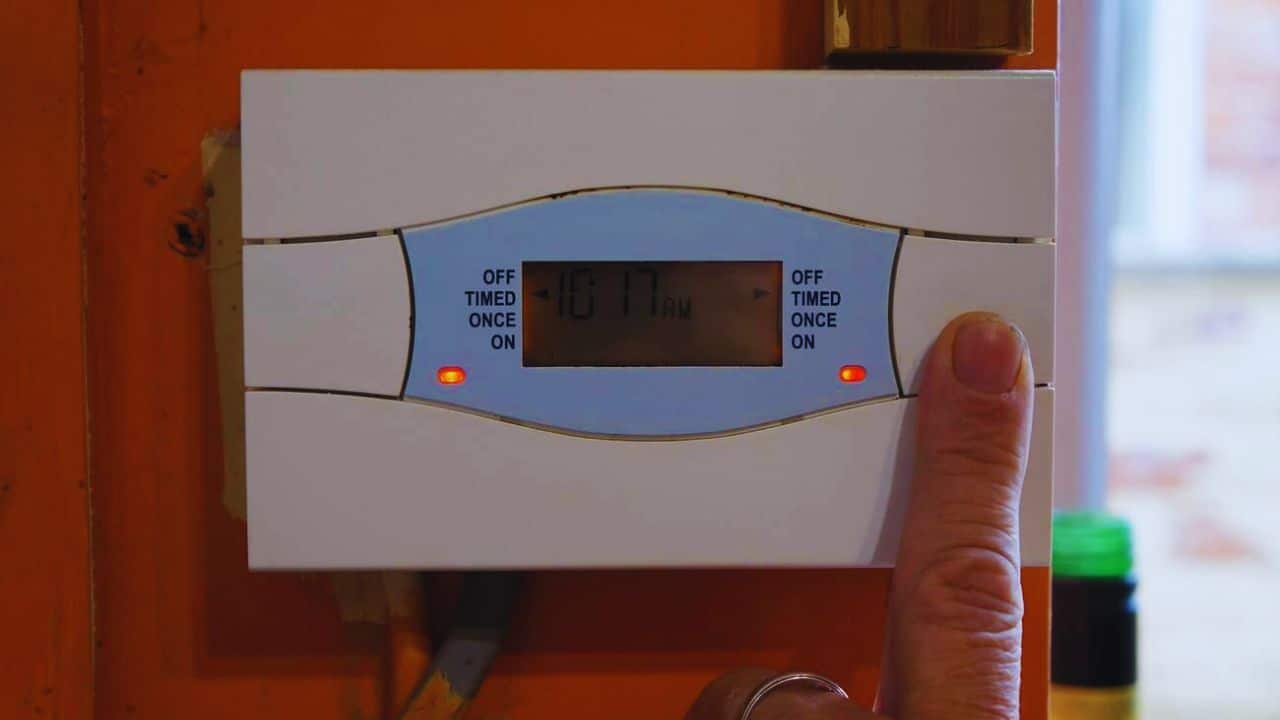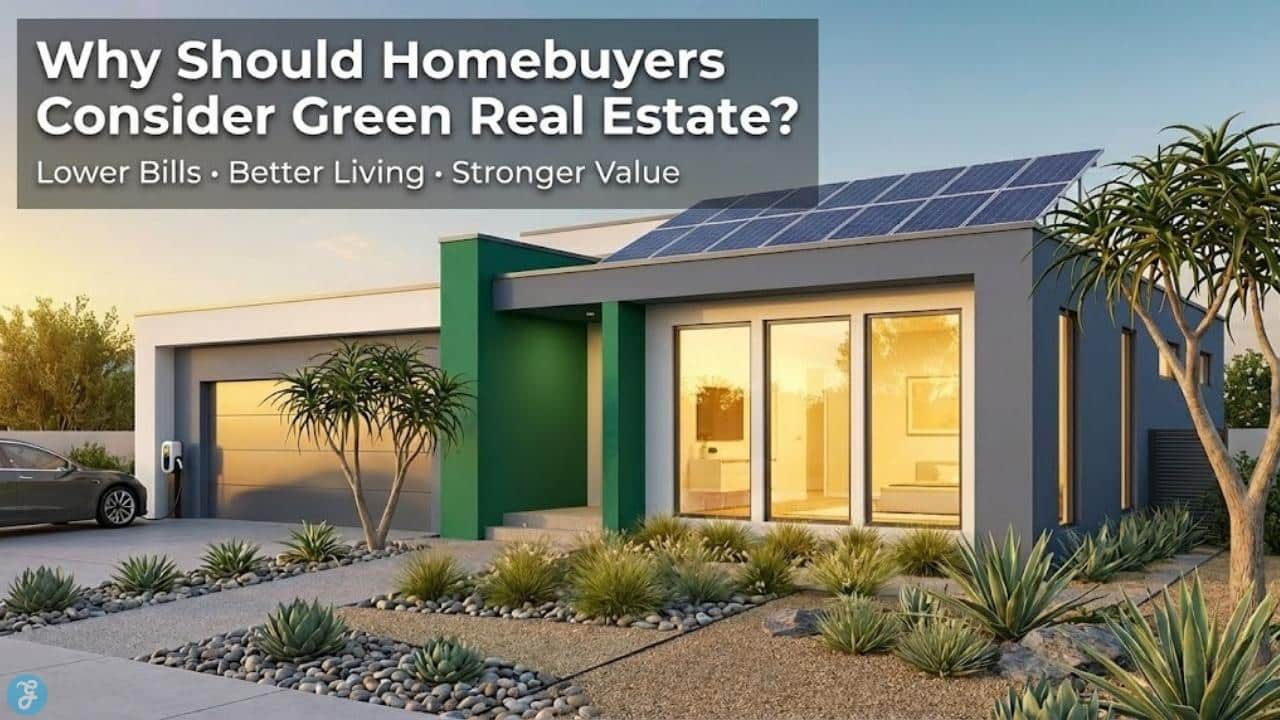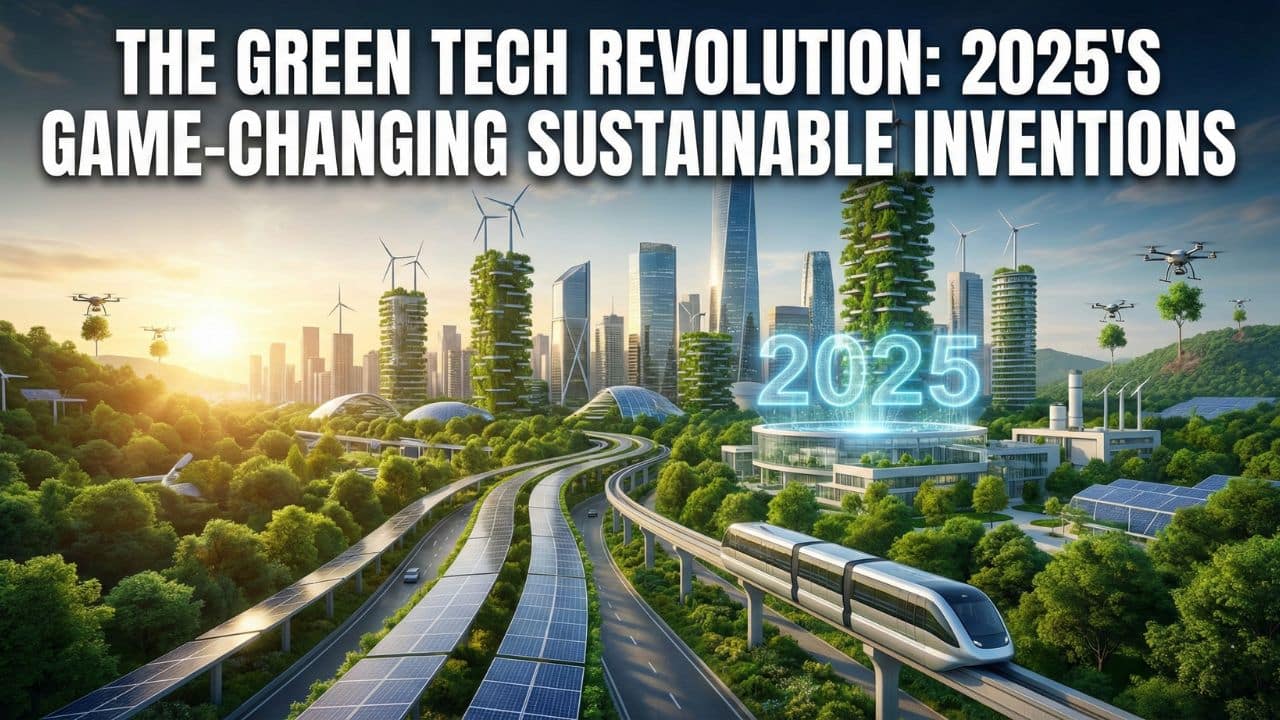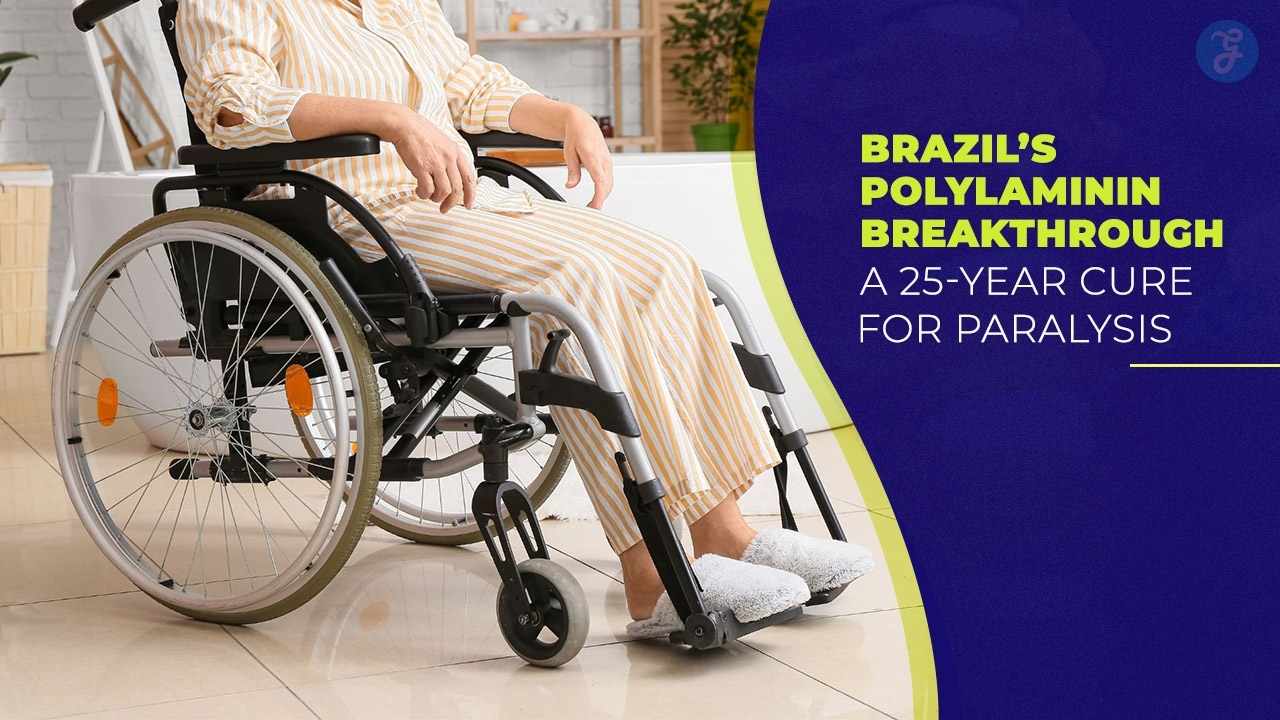Choosing the right home heating system ensures comfort, energy efficiency, and cost-effectiveness. There are various home heating systems, each with advantages and drawbacks.
This detailed guide explores 10 different types of home heating systems, providing in-depth information to help you make an informed decision.
Understanding HVAC
HVAC stands for heating, ventilation, and air conditioning. This term encompasses the overall home climate control system, including heating and cooling equipment.
HVAC systems are designed to increase the temperature inside a house by tapping thermal energy from a fuel source and then transferring it to living spaces.
1. Forced Air Heating/Cooling Systems
Overview
Forced air systems are modern North American homes’ most common HVAC systems. These systems use a furnace with a blower fan to deliver heated air through a network of ducts to various rooms in the house.
They can also be combined with air conditioning systems, making them versatile for year-round climate control.
How It Works?
The furnace heats air using a burner or an electric heating element. The heated air is then pushed by a blower fan through a network of ducts and released into various rooms through registers. Cool air is returned to the furnace via another set of ducts, creating a continuous cycle.
Fuel Sources
- Natural gas
- Liquid propane (LP)
- Fuel oil
- Electricity
Pros
- Quick temperature adjustment
- Can be combined with air conditioning
- High efficiency with options for air filters and humidifiers
Cons
- Requires ductwork and space in walls
- Can create dry air without humidifiers
- Heats the air rather than objects in a room
Installation and Costs
Installing a new forced air HVAC system typically costs between $5,000 and $10,000, depending on the square footage of your home. Larger houses require stronger units, which may increase costs. These systems can last up to 25 years before needing replacement units.
2. Gravity Air Furnace Systems
Overview
Gravity air furnaces, a precursor to forced air systems, distribute air through metal ducts using warm air’s natural rise and cool air’s sinking. Convection currents operate these systems, making temperature adjustments slower than forced air systems.
How It Works?
A gravity furnace in the basement heats the air, which then rises into various rooms through ducts. Cool air returns to the stove via a system of cold-air return ducts. These systems are often found in older homes and are known for their large “octopus” appearance.
Fuel Sources
- Natural gas
- Liquid propane (LP)
- Fuel oil
Pros
- No moving parts, requiring little maintenance
- Quiet operation
- Long-lasting
Cons
- Less energy-efficient than newer systems
- Slow temperature adjustments
- Cannot filter air effectively
Installation and Costs
Gravity air systems are no longer installed, but they can still be found in many older homes. The cost of maintaining these systems is minimal, as they require little to no maintenance.
3. In-Floor Radiant Heating Systems
Overview
In-floor radiant heating involves plastic water tubing installed inside concrete slab floors or attached to wood floors. These systems provide consistent and comfortable heat by warming objects and materials rather than just the air.
How It Works?
Hot water is circulated through plastic tubing installed under the floor. The heat from the water radiates upward, warming the floor and surrounding objects. This type of heating is especially popular in homes with tile or concrete floors.
Fuel Sources
- Natural gas
- Liquid propane (LP)
- Electricity
- Solar hot water systems
Pros
- Comfortable, even heat distribution
- Energy-efficient with boiler systems
- Can be solar-powered
Cons
- Slow to heat up
- Expensive to install
- Maintenance of hidden piping can be difficult
Installation and Costs
Installing radiant floor heating typically costs between $1,800 and $6,000, depending on the size of the area being heated. These systems are known for their longevity, often lasting several decades.
4. Traditional Boiler and Radiator Systems
Overview
Traditional boiler and radiator systems circulate steam or hot water through pipes to radiators around the house. These systems are common in older homes and apartment buildings, providing efficient radiant heat.
How It Works?
A central boiler heats water, which is then circulated through a network of pipes to radiators. The radiators heat up, radiating warmth into the room.
There are two types of radiator systems: steam and hot water. Steam systems circulate gaseous steam, while hot water systems use a pump to circulate hot water.
Fuel Sources
- Natural gas
- Liquid propane (LP)
- Fuel oil
- Electricity
Pros
- Provides comfortable, radiant heat
- Energy-efficient with modern boilers
- Less dry than forced air systems
Cons
- Radiators can be unsightly and limit furniture placement
- Cannot be combined with air conditioning
- Boiler systems require regular maintenance
Installation and Costs
Boilers and radiators typically need replacement every 10 to 15 years, with installation costs ranging from $3,700 to $8,200. Regular maintenance is required to keep the system running efficiently.
5. Hot Water Baseboard Radiator Systems
Overview
Hot water baseboards or hydronic systems use a central boiler to heat water circulating through low-profile baseboard heating units. These are an updated version of traditional radiators, offering precise temperature control.
How It Works?
A central boiler heats water, circling through pipes to baseboard units. The units radiate heat from the water into the room through metal fins that increase the surface area for heat transfer.
Fuel Sources
- Natural gas
- Liquid propane (LP)
- Fuel oil
- Electricity
Pros
- Quiet operation
- Energy-efficient
- Precise temperature control
Cons
- Must remain unobstructed
- Cannot be combined with air conditioning
- Slow to heat up
Installation and Costs
Hot water baseboard heaters typically cost between $450 and $1,200 to install new or replace old units. They require minimal maintenance and can last for several decades.
6. Heat Pump Heating Systems
Overview
Heat pumps extract heat from the air, ground, or water and deliver it to the home via an indoor air handler. Air-source heat pumps are the most common type, ideal for mild climates.
Geothermal and water-source heat pumps offer higher efficiency but are more expensive to install.
How It Works?
Heat pumps use a refrigeration cycle to transfer heat from the outside air (air-source), ground (geothermal), or water (water-source) to the inside of the home. In cooling mode, the process is reversed to remove heat from the home.
Fuel Sources
- Electricity
- Natural gas
Pros
- Energy-efficient
- Can be combined with air conditioning
- No need for ductwork
Cons
- Less effective in extreme temperatures
- Higher installation costs
- Each unit must be controlled individually
Installation and Costs
Installing a heat pump can cost between $4,202 and $7,673, depending on the size and type of system. Heat pumps typically last 15 years or more with proper maintenance.
7. Electric Resistance Heating Systems
Overview
Electric resistance systems, such as baseboard heaters, use electricity to generate heat. These systems are ideal for supplemental heating in specific rooms but are generally not used as primary heating systems due to high electricity costs.
How It Works?
Electric resistance heaters convert electric current directly into heat. Baseboard units heat the air through natural convection, while wall-mounted heaters may use fans to distribute warm air.
Fuel Sources
- Electricity
Pros
- Easy installation
- Silent operation
- Versatile placement
Cons
- Expensive to operate
- High electricity consumption
- Limited heating capacity
Installation and Costs
Electric resistance heaters are relatively inexpensive to install, typically costing between $450 and $1,200. They require minimal maintenance but can significantly increase energy bills.
8. Hybrid Heat Systems
Overview
Hybrid systems combine an electric heat pump with a gas furnace. The heat pump operates in moderate temperatures, while the stove provides additional heat during colder weather, offering a balanced and efficient heating solution.
How It Works?
The heat pump extracts heat from the air and delivers it to the home. The gas furnace provides additional heat when temperatures drop below a certain threshold. The system automatically switches between the heat pump and furnace as needed.
Fuel Sources
- Electricity
- Natural gas
Pros
- Efficient in varying temperatures
- Reduces strain on each system
- Automatically switches between heat pump and furnace
Cons
- Higher installation costs
- Requires regular maintenance
- Not necessary for warm regions
Installation and Costs
Hybrid heating systems typically cost between $2,500 and $10,000 to install. Regular maintenance is necessary to keep both the heat pump and furnace operating efficiently.
9. Ductless Mini-Split Systems
Overview
Ductless mini-split systems, a type of air-source heat pump, consist of an outdoor compressor and indoor air handlers. These systems are ideal for room additions or areas without existing ductwork, providing efficient heating and cooling.
How It Works?
The outdoor compressor extracts heat from the air and transfers it to indoor air handlers. Each air handler operates independently, allowing for precise temperature control in different rooms.
Fuel Sources
- Electricity
Pros
- No need for ductwork
- Flexible placement
- Quiet operation
Cons
- Higher installation costs
- Limited heating capacity in extreme temperatures
- Must be professionally installed
Installation and Costs
Ductless mini-split systems typically cost between $2,000 and $14,500 depending on the number of indoor units and the complexity of the installation. These systems can last 15 years or more with proper maintenance.
10. Wood Heating Systems
Overview
Wood heating systems include wood stoves, pellet stoves, and masonry heaters. These systems use wood or pellets as fuel, providing a cost-effective and renewable heating solution. They are suitable for homes in rural areas with access to firewood.
How It Works?
Wood stoves and pellet stoves burn wood or pellets to generate heat. The heat is then radiated into the room or circulated using fans. Masonry heaters store heat from the fire and slowly release it over time.
Fuel Sources
- Wood logs
- Pellets
Pros
- Renewable fuel source
- Cost-effective
- Can operate during power outages
Cons
- Requires regular maintenance and cleaning
- Potential health hazards from smoke emissions
- Limited heat distribution
Installation and Costs
Installing a wood-burning stove can cost between $325 and $4,000, while pellet stoves range from $1,000 to $3,100. Outdoor wood boilers and masonry heaters can cost significantly more, ranging from $8,000 to $20,000.
Choosing the Right Heating System
Selecting the best heating system for your home depends on several factors, including climate, fuel availability, installation costs, and personal preferences. Here are some tips to help you choose the right system:
- Assess Your Climate: Consider the typical temperatures in your region. Heat pumps are ideal for mild climates, while furnaces and boilers are better suited for colder areas.
- Evaluate Fuel Options: Determine which fuel sources are available and cost-effective in your area.
- Consider Installation Costs: Factor in the initial installation costs and any necessary modifications to your home.
- Think About Maintenance: Choose a system that fits your maintenance preferences and schedule.
- Prioritize Efficiency: Look for systems with high-efficiency ratings to save on energy costs in the long run.
Wrap up
Understanding the different types of home heating systems can help you make an informed decision when selecting the best option for your home. Each system has unique advantages and disadvantages, so consider your specific needs and preferences to find the perfect heating solution.
Whether you opt for a traditional furnace, a modern heat pump, or an eco-friendly solar heating system, ensuring your home is warm and comfortable during the colder months is essential for your overall well-being.









































